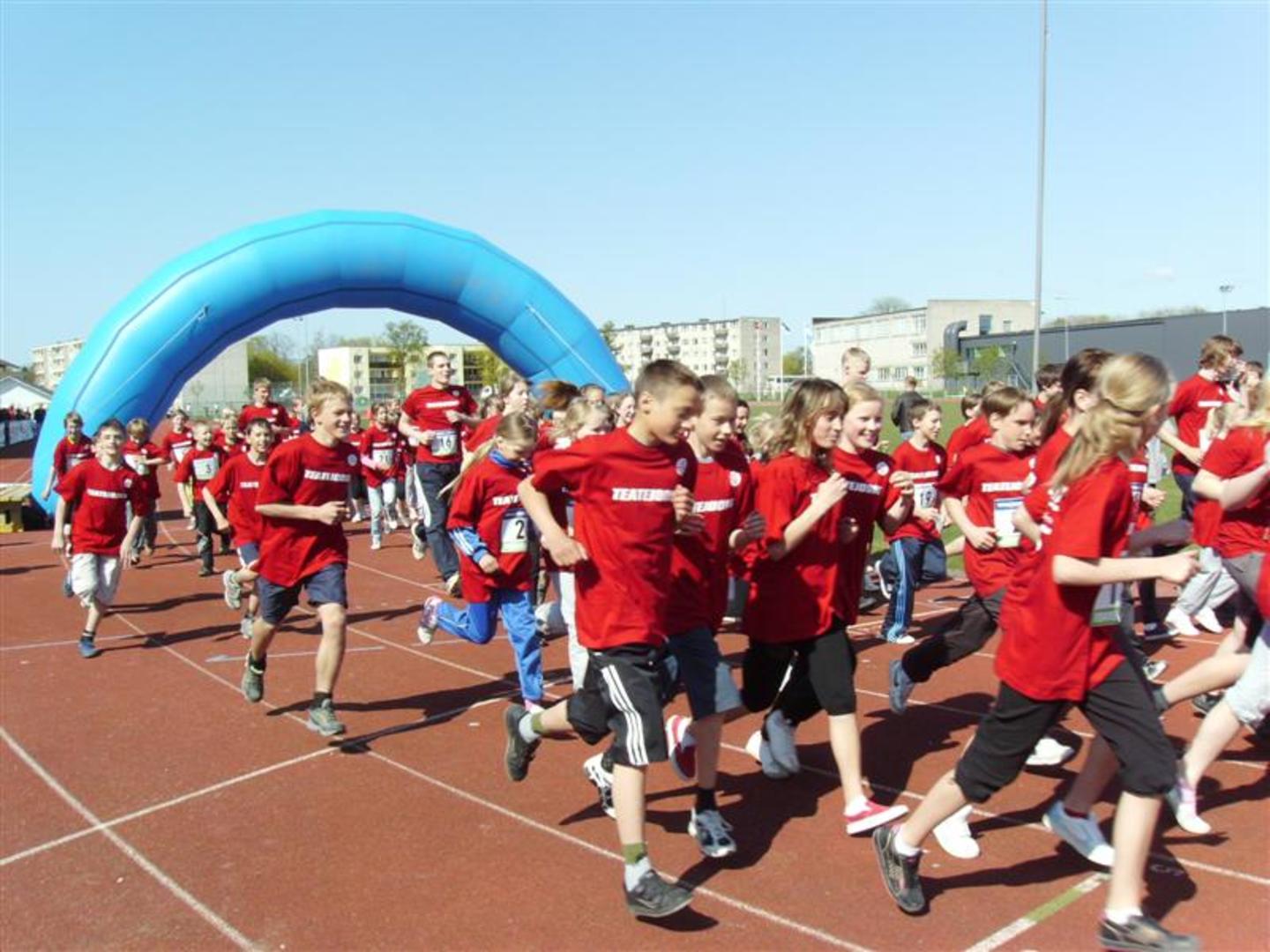An end-review of the EEA and Norway Grants 2004-2009 was undertaken at the end of 2011. The review looked at the results of 672 projects in the Czech Republic, Latvia, Poland and Romania, within three sectors: cultural heritage, environment, and health and childcare.
Final review of the EEA and Norway Grants 2004-09 by Nordic Consulting Group (download PDF)
Key findings
- The completion rate of all the projects was very high at 97%. The ‘completion rate’ refers to projects that completed successfully by reaching at least 90% of the planned indicators used to measure the success of the projects.
- The funding has had a successful impact within the prioritised areas. It has in particular been visible in sectors where EU funding is limited and where the focus has been greater. The dedicated funding for civil society, in particular, was highlighted in this context.
- Projects have contributed to reducing specific, local disparities.
- One third of the funding was targeted at disadvantaged regions and/or vulnerable groups. In Romania, this figure was 71%.
- A majority of the project promoters with partnership arrangements considered the partnerships with donor state institutions to be important.
- However, given the comparatively small size of the Grants (the total allocation is equivalent to 2% of the EU funds in the four countries), the review emphasised that it is difficult to draw any conclusions in terms of the contribution towards overall development trends in the countries.
Summary of findings
High completion rate
The very high completion rate (97%) was due to at least three factors:
- The projects were selected in a highly competitive process
- The donor states and the national Focal Points operated a close result-based monitoring and follow-up of all projects, including detailed appraisals and monitoring assistance from independent experts.
- The projects were relatively small, making project management simpler for the project promoters and the agreed results easier to achieve.
Contribution to reducing disparities in Europe
- There are still sizeable disparities as measured in per capita income between the Czech Republic, Latvia, Poland and Romania and the EU average. As an example, per capita incomes are still between 19% (Romania) and 45% (Czech Republic) of those in Germany.
- Nevertheless, national statistics show that a discernible relative reduction in disparities has taken place between 1994 and 2009. In 1994 none of the four countries had a per capita income of more than 13% that of Germany.
- The study concludes that EEA and Norway Grants have contributed to reducing disparities in Europe, but the support is relatively small compared to the EU.
- In a few sectors, such as health and childcare in Poland where projects reached over 5% of the country’s children under 14 years of age, the Grants might however have achieved significant detectable benefits, especially at the local level.
Targeted and focused funding
- The relatively small project size (around € 1 million) allowed the Grants to be highly targeted and focused.
- The projects could easily be focused on specific vulnerable groups e.g. children and youth, physically/mentally disadvantaged groups or specific geographical regions.
- An important function of the Grants has been to bring about specific reductions in disparities.
Useful bilateral partnerships
- The usefulness of partnerships between beneficiary country institutions and institutions in the donor states were clearly verified. Between 85% and 95% of the beneficiary institutions in the Czech Republic, Latvia, Poland and Romania considered the partnership to be important or fundamental to the project.
Photo: Children has been one of the main groups benefiting from the grants.
